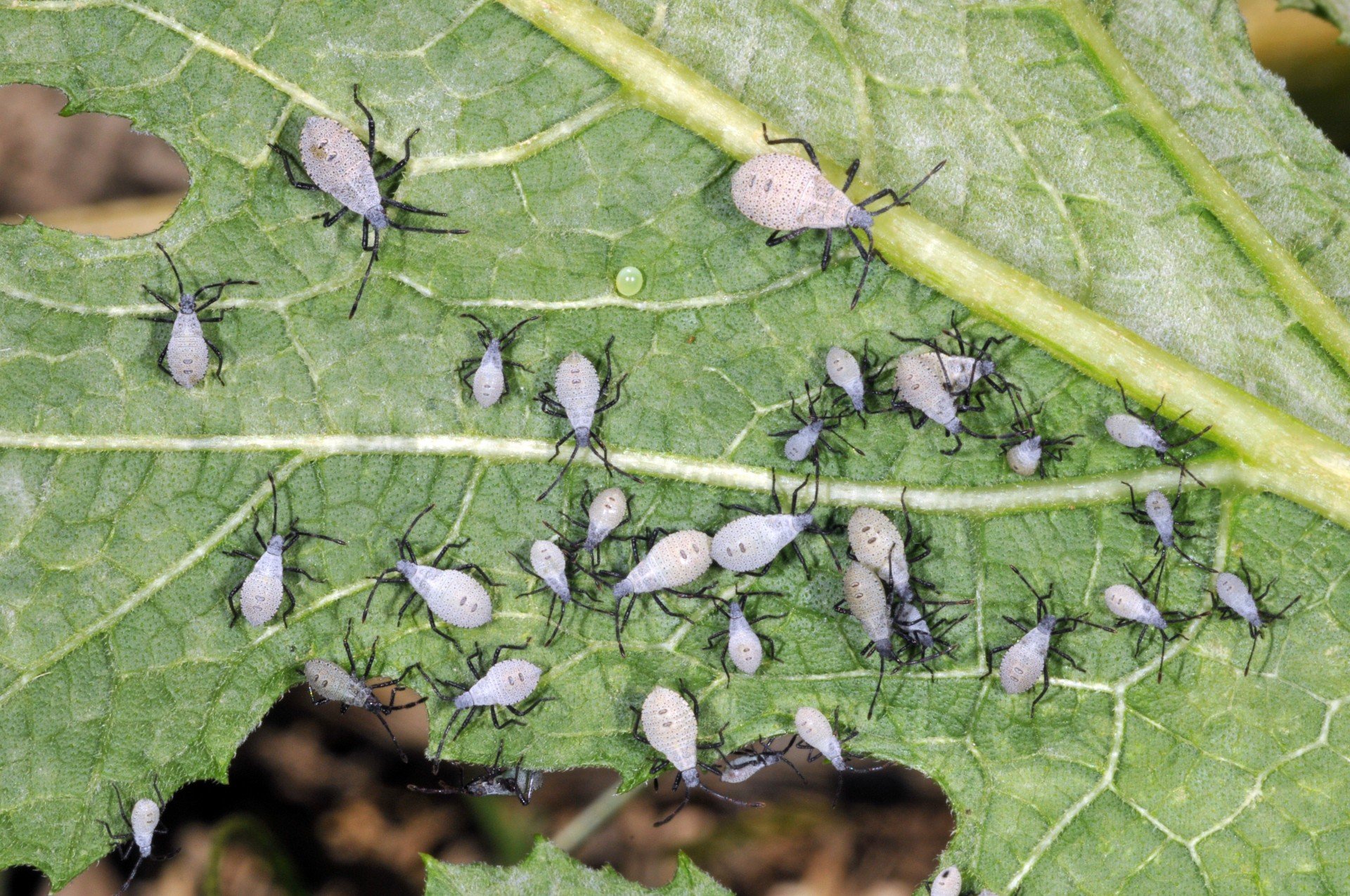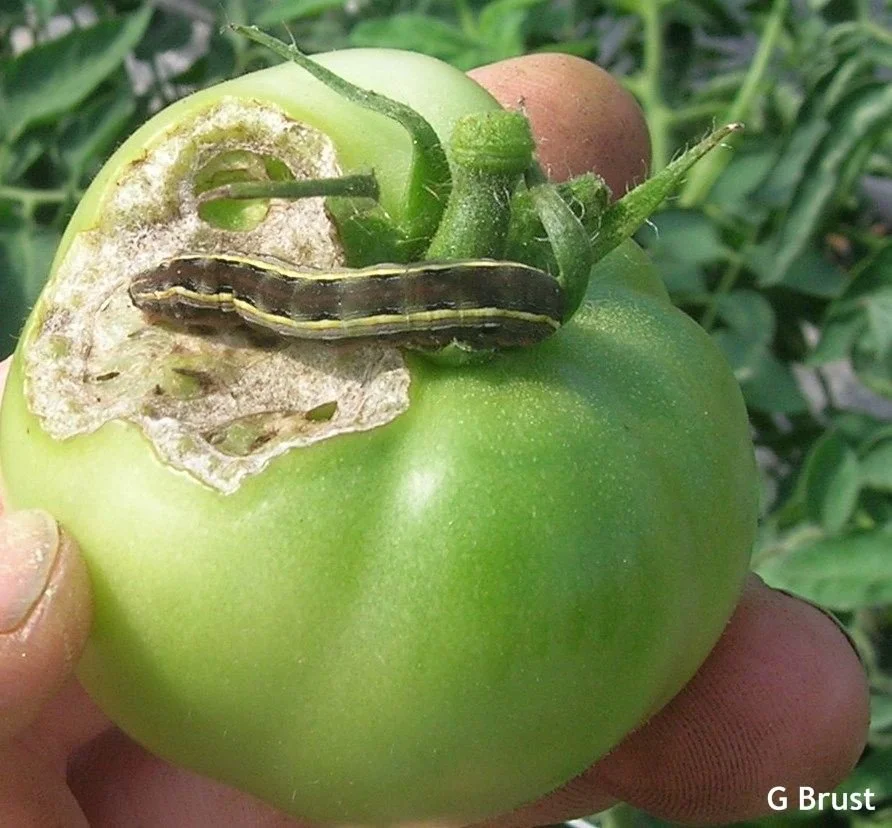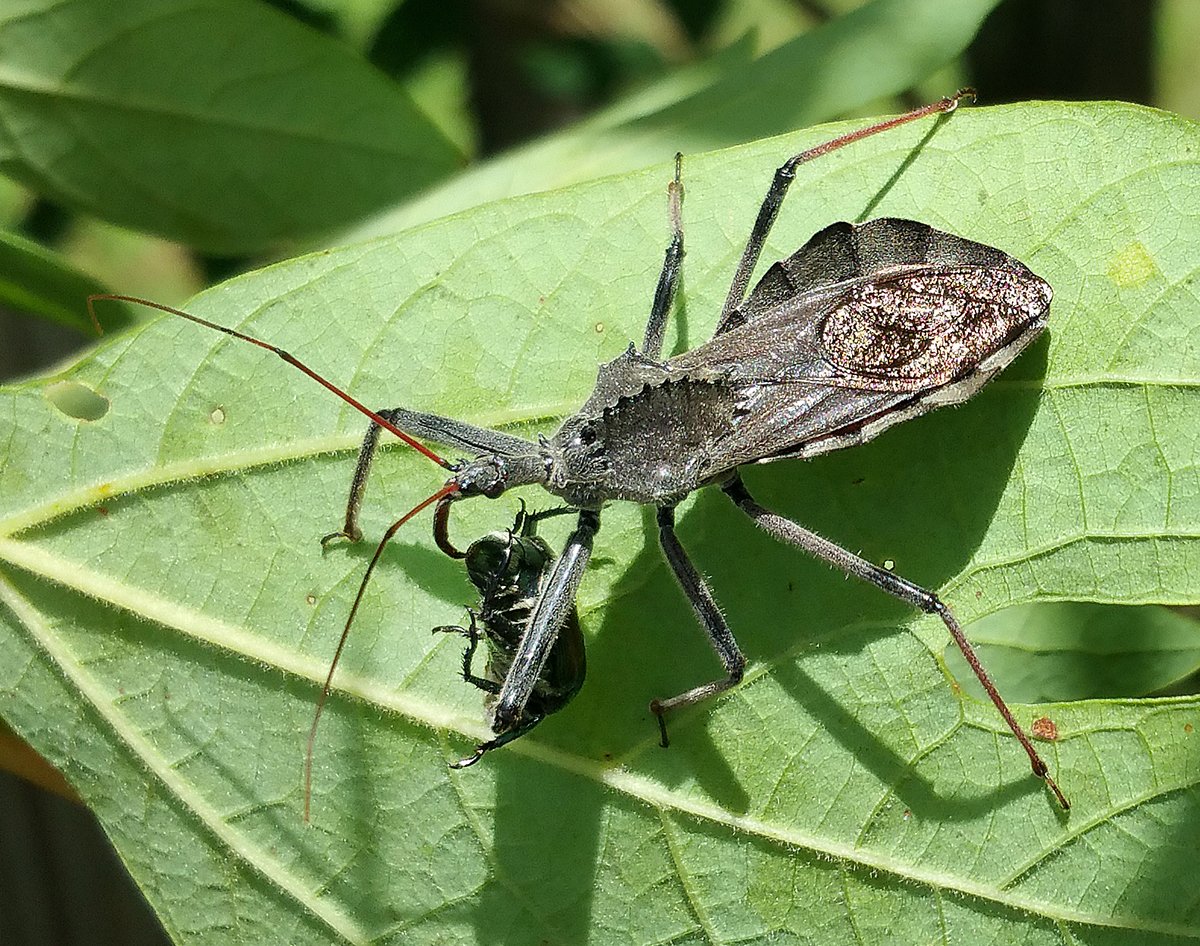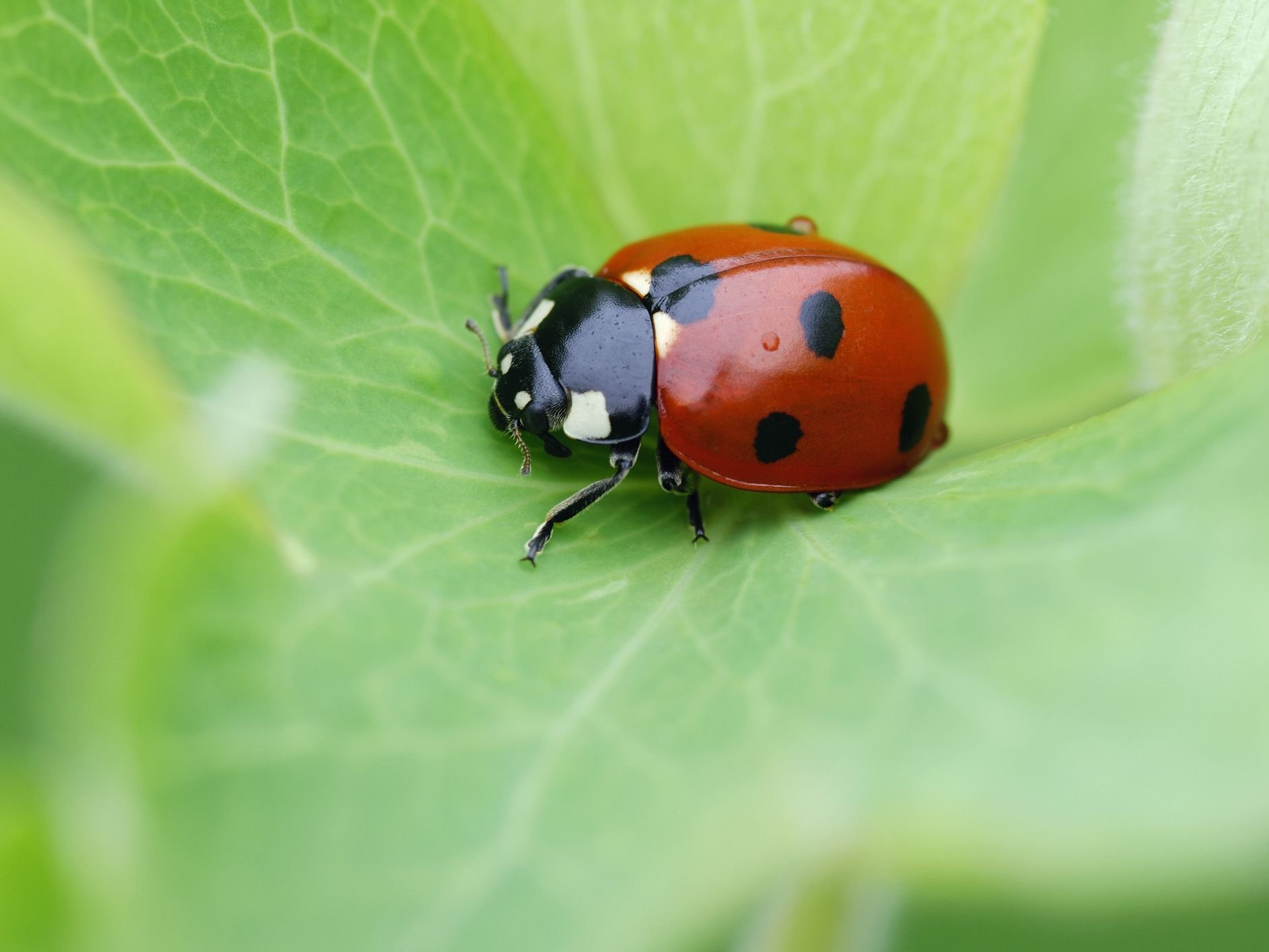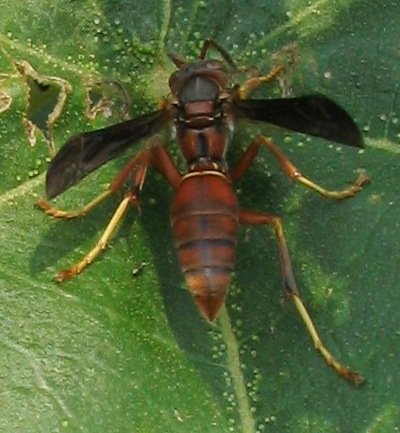3 Pests in Lowcountry Summer Gardens
TIPS TO KEEP YOUR GARDEN ORGANIC
It’s summer and you’ve enjoyed an abundant harvest of organic lettuce, broccoli, tomatoes, berries and herbs. But as the Lowcountry heat and humidity increase, so do pests in Lowcountry summer gardens.
However, now is not the time to slow down or relax your daily garden visits. In fact, your watchful eye in June will protect your plants from all the bugs that want to feast on them.
BE VIGILANT
Many garden pests peak in June and July. Therefore, your vigilance is necessary to ensure these “bad bugs” don’t destroy all the effort you’ve spent nurturing your seeds and transplants.
During our summer garden visits, clients ask a lot of questions about distinguishing between the good and bad bugs.
PRO-TIP: Bugs that will destroy your crops usually swarm in clusters, and you can see the damage to your plants.
To maximize your harvest, you need to get rid of the bugs that eat the foods you want to eat.
ORGANIC GARDEN GUIDELINES FOR SUMMER PESTS
Only use pesticides as a last resort.
Always use 100% organic products.
Start with those that have the least impact.
Most bugs can be removed without the use of pesticides at all. In fact, our preferred method is easy, free and low-tech. We call it the “catch and squish” because all you need is your hands!
Here’s a rundown of the top three pests in Lowcountry summer gardens and how to treat them.
THE “BAD” BUGS - PESTS IN SUMMER GARDENS
STINK BUGS + SQUASH BUGS
These gray or orange with long black legs show up in June. You’ll find them in clusters of 25 to 30 on fruits, such as tomatoes, peppers and squash.
Catch them when they are young nymphs before they turn into the large brown stink bugs that are difficult to control because they can fly.
HOW TO CONTROL
Get a wide mouthed dish of soapy water, average dish soap is fine, and place it under the cluster of nymphs. Shake the area gently, and the insects will likely “abandon ship” into the soapy water.
If you’re not too squeamish, you can also catch them with your hand and squish them all. For adults, however, the catch and squish method is best. Gloves are helpful!
PRO-TIP: Stink bugs have a beneficial look-alike called the assassin bug. The nymphs look similar, but the assassin bug nymph is typically alone, whereas the stink bugs tend to be in a group. If you only see one nymph, don’t squish. That creature will help you control other insects as it matures.
JAPANESE BEETLES
Japanese beetles have shiny green and brown backs, and they skeletonize plants, making them appear lacy. Be on the lookout if you’re growing berries, basil or beans, as these plants are their favorites.
HOW TO CONTROL
These beetles love company, so the quicker you can remove them, the less likely you’ll have an infestation. Once you spot them in your garden, daily monitoring is important. They are best controlled by picking them off with your hands and dropping them in a bucket of soapy water. Also, be sure to harvest the plants they love quickly, as a rotting plant attracts them in swarms.
CATERPILLARS
You know a very hungry caterpillar is feasting in your garden when the leaves are covered in holes. You’ll find them on the underside of leaves such as broccoli, kale, cauliflower, cabbage, tomato and fruit!
HOW TO CONTROL
The simplest method of controlling caterpillars is to pick them off and squish them between your fingers or drop them in a bucket of soapy water.
When caterpillars are prevalent in the garden, we recommend a Bt spray. Bacillus thuringiensis (Bt) is a natural occurring, soil-borne bacteria that has been used since the 1950s for natural insect control. Be prepared by having Bt spray on hand.
Pick up the spray at the Container Garten at 1630 Meeting Street. At this pop up shop, we offer the essential garden supplies we use with our clients — compost, potting soil, tools, sprays, seeds and more.
THE “GOOD” BUGS
If you spot these in your garden, let them be!
From left to right: Assassin Bug; Ladybug; Brown Wasp

